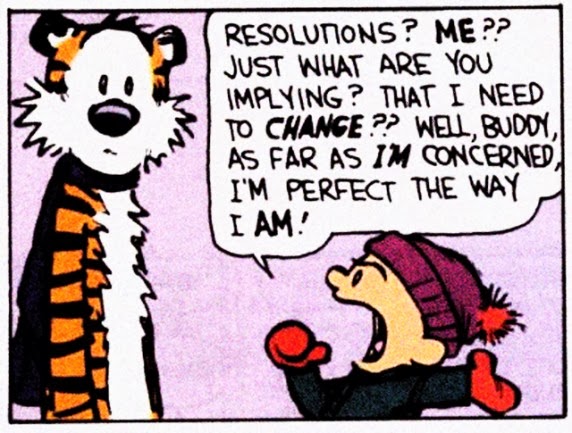~~Well, it’s January and my first resolution was to finish my blog articles early in the month. So far, so good; it’s only the twenty-first.
What about New Years’ Resolutions? The Jews have an interesting custom attached to the New Year (Rosh ha-Shana). At Rosh ha-Shana, repentance is made for past faults and it is resolved that one will strive to be a better person. Then one’s fate is ‘written’ and on Yom Kippur (the Day of Atonement), one’s fate is sealed.
Where the idea started nobody knows, but the custom is common across most cultures. There is another custom common across most cultures: not keeping resolutions! Why is that? I am going to make a shot in the dark here and assume that:
• The resolutions are too numerous.
• They are un-measurable.
• They are un-realistic.
All three of the above reasons, and I’m sure there are many more, make self-motivation very difficult.
One of the principles of Lean management is “Continuous Improvement”. In “The Toyota Way”, (Liker, 2004) Continuous Improvement (Japanese: Kaizen) is a process that strives for perfection on a daily basis. It’s a philosophy that drives team members to be constantly on the alert to do things more efficiently, with better quality and economy. In short, eliminate waste.
So, am I saying that your resolution for 2014 should be to achieve perfection in your practice? Yes! But, only if you keep in mind that perfection is a process and not a destination. If you expect your practice to be perfect, you won’t even start on the process. What you need to do is have the goal to strive for perfection each and every day through the process of kaizen.
Each and every minute of every day, you and your staff should be engaged in problem solving through continuous improvement and learning. You and your staff should constantly be on the lookout for waste. Flintchbaugh and Carlino (2006) define waste as, “anything beyond the absolute minimum amount of materials, manpower, or machinery needed to add value to a product or service.” There are a number of types of waste that will arise in your practice:
- Overproduction
- This is generally applied to manufacturing, but could apply to some activities in your practice, such as “producing” too many procedure trays.
- Waiting
- If your patients, your staff, or you are spending time waiting, you can find ways to reduce that and make the time productive for everyone involved.
- Unnecessary transport
- How efficient is the “flow” of the office?
- Over processing
- Taking unneeded steps to process. Waste is generated when providing higher quality products than is necessary.
- Excess inventory
- Remember: "Inventory Bad!" You should only have enough inventory on-hand for the more immediate future. You should not need to have more than 4-6 weeks of inventory on-hand.
- Unnecessary motion
- Any wasted motion your team spends “looking for”, “reaching for”, “walking”
- Defects
- This includes any product, process, or service error.
There is one more very important type of waste: Unused Employee Creativity. This is, “Losing time, ideas, skills, improvements, and learning opportunities by not engaging or listening to your employees.”
In next month’s blog, I will discuss how to go about making the changes that will help you integrate “Continuous Improvement” into your practice. Then, in following months, I will cover each of the types of waste listed above and how to overcome them in your practice.
Below are the sources I used for this blog. I recommend these to you.
Works Cited
Flinchbaugh, J., & Carlino, A. (2006). The Hitchhiker's Guide to Lean. Dearborn: Society of Manufacturing Engineers.
Liker, J. K. (2004). The Toyota Way. New York: McGraw-Hill.

